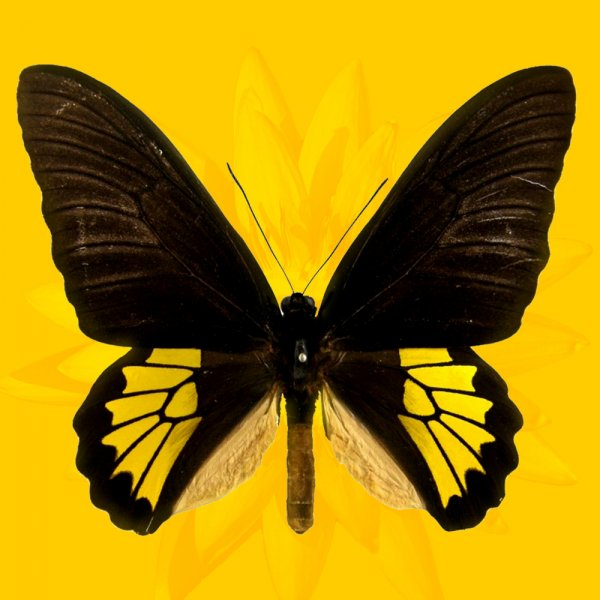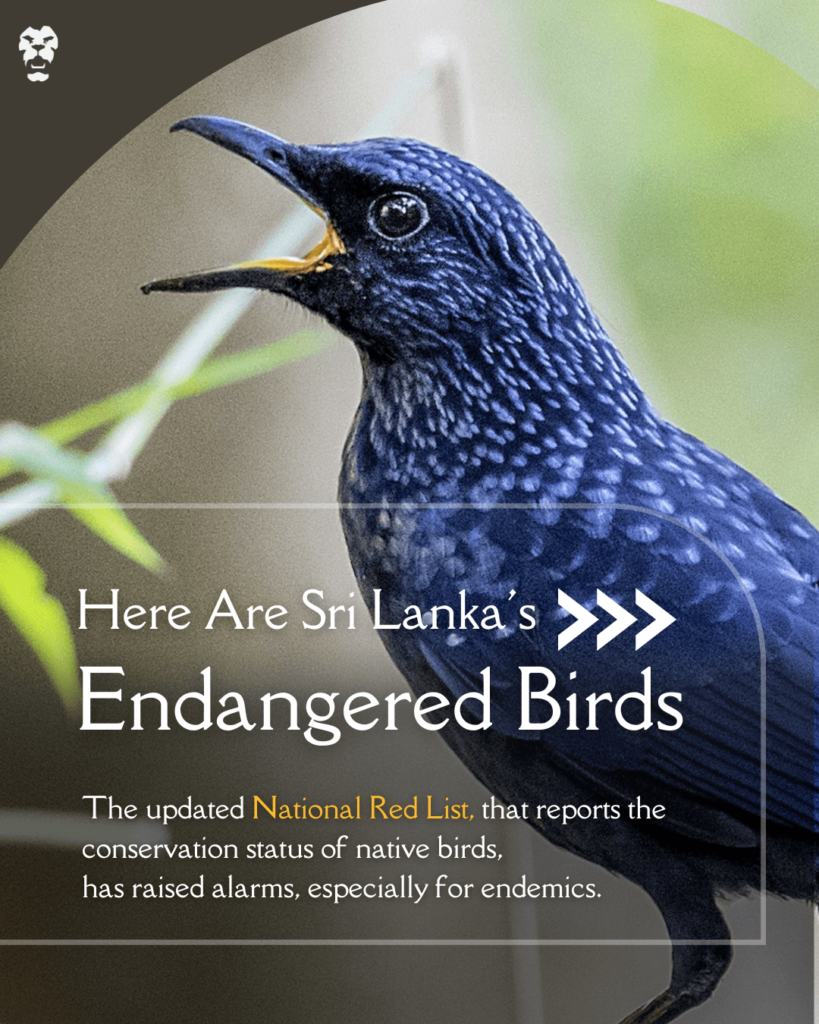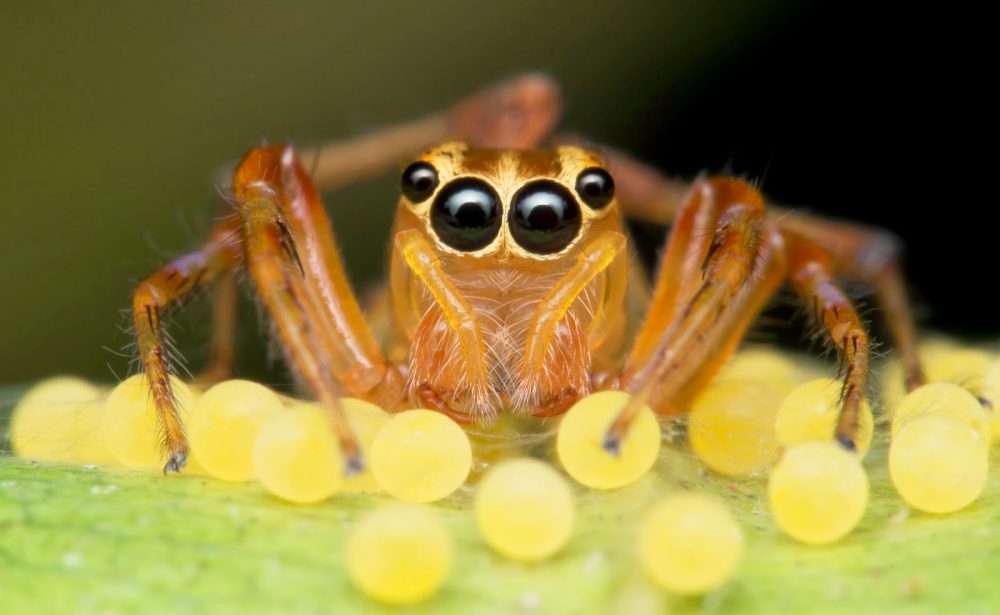
For every elephant, leopard, and sloth bear photographed in Sri Lanka, a thousand other, smaller animals crawl by unnoticed, but it is these creepy crawlies – ranging from ants to scorpions, spiders, and more – that make up the majority of the island’s ecosystem.
Take, for example, insects and mammals. Sri Lanka is home to an astounding 11,144 species of insects, and just 125 species of mammals, but we’re willing to bet you can name more of the latter than the former.
Worry not, however, because we’re here to remedy that – here are some of Sri Lanka’s most fascinating creepy crawlies.
Fringed Ornamental Spider (Poecilotheria ornata)
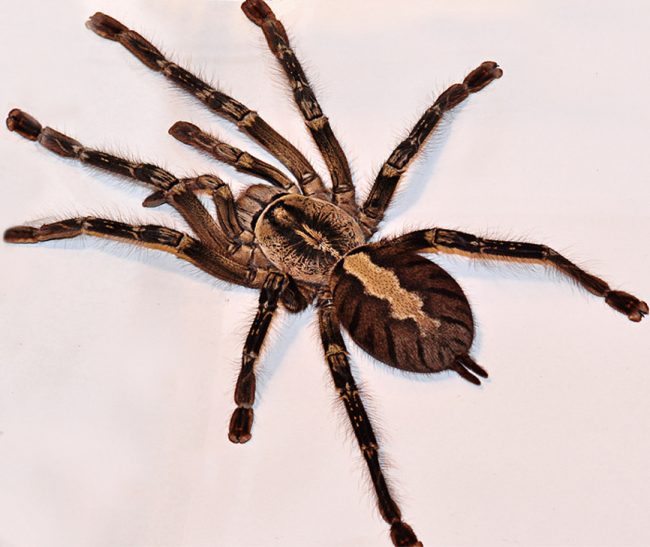
The Fringed Ornamental Spider doesn’t use a web to trap its prey, choosing instead to paralyse it manually. Image Credit: Bo Jonsson on Flickr
Arachnophobes beware: Sri Lanka is home to a spider the size of a dinner plate. With a leg span that can reach up to a rather terrifying ten inches, the Fringed Ornamental Spider – also called the Ornate Tiger Spider – is the second largest tarantula belonging to the Poecilotheria genus.
The breed, though kept as a pet all over the world, is endemic to Sri Lanka, and can be found in the nooks and crannies of tall trees, where they make webs shaped like funnels. They live on a diet of insects, but instead of using the web to catch them, choose to do so manually by paralysing them.
The name Poecilotheria is a combination of the Greek words “poikilos”, which means “spotted”, and “therion”, which means “wild beast”. The name is good an indication as any – a Fringed Ornamental Spider bite, though not fatal to humans, is an incredibly painful experience, and the species has been recorded, against most other tarantulas, as having a medically significant bite, with its venom resulting in intense pain and extreme muscle cramping.
Sri Lankan Relict Ant (Aneuretus simoni)
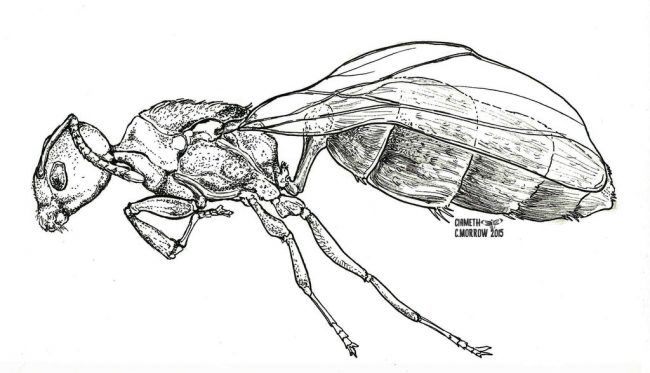
The Sri Lankan Relict Ant is one of the few ant species in the world to be categorised as endangered. Image Credit: Ciameth on DeviantArt
The Sri Lankan Relict Ant is one of the earliest members in the evolutionary process left in the world and the only extant species of ant in the Aneuretini tribe. It is for this reason, as well as loss of habitat, that the insect, which is endemic to Sri Lanka, is categorised as endangered.
Due to its unique place in the evolutionary process, the Sri Lankan Relict Ant has intrigued a number of entomologists from around the world, most notably Professor Edward O. Wilson – often referred to as “the father of biodiversity” – who made a trip to Sri Lanka for the sole purpose of studying it.
The species, which was first discovered in Kandy in 1892, has subsequently been observed in a handful of other places in the wet zone, including Adam’s Peak and Peradeniya, but numbers – at least in so far as the studies have been accurate – continue to dwindle.
Indian Domino Cockroach (Therea petiveriana)
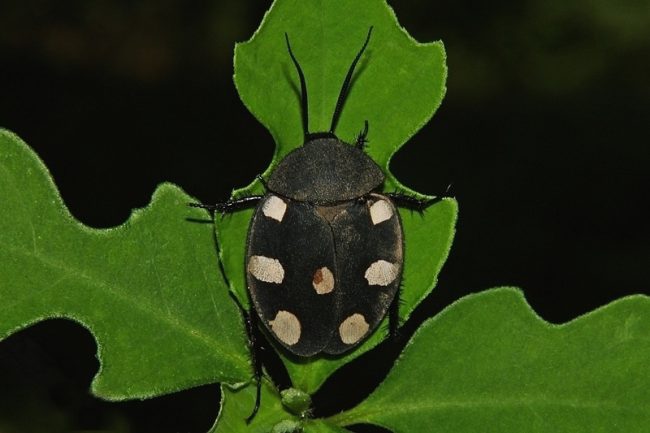
Believe it or not, this cockroach is a very popular pet. Image Credit: indianaturewatch.net
If ever there was a creature that is universally hated, it’s probably the household cockroach, but looking at its relative, the Indian Domino Cockroach, you may begin to wonder why – the species was even described by English entymologist David Sharp as a creature of “grace and beauty”.
The black and white pattern found on the cockroach, which gives it its name, is thought to have evolved to mimic the pattern of the six-spot ground beetle, which – unlike the cockroach – is capable of defending itself by spraying chemical irritants at potential predators.
It is for their appearance, as well as their low maintenance nature, that the Indian Domino Cockroach is kept as a pet by insect enthusiasts all around the world.
Indian Red Scorpion (Hottentotta tamulus)
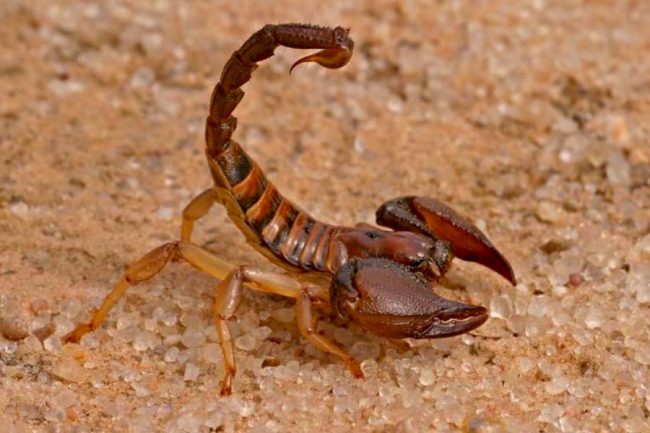
The Indian Red Scorpion is the most lethal scorpion in the world. Image Credit: famouswonders.com
If ever you see a creepy crawly fitting the description of the Indian Red Scorpion – orange, red or brown, with grey ridges, and bright yellow or orange pincers – it’s best you steer well clear of it. The species has been recognised, time and time again, as the most lethal scorpion in the world, causing more human deaths than any other species.
Although its geographical range was originally thought to be limited to India, Pakistan, and Nepal, medical reports spanning 2010 to 2013 suggested the presence of Indian Red Scorpions in Sri Lanka and inspired a series of studies that confirmed it. It is believed that the species made it to Sri Lanka in the suitcases of the Indian Peace Keeping troops that travelled to the island in 1987, and subsequently spread across the Jaffna peninsula.
Over the years, Hottentotta tamulus stings in Sri Lanka have become increasingly more common, with eighty deaths being attributed to the scorpion between January 2012 and February 2013.
Kerengga Ant-like Jumper (Myrmarachne plataleoides)

Is it an ant? Is it a spider? The Jumper likes to keep you guessing. Image Credit: mirrorlessmacro.blogspot.com
It looks like an ant and walks like an ant, but it ain’t one – say hello to one of the world’s smallest committers of identity theft.
The Kerengga Ant-like Jumper is, in actuality, a jumping spider that mimics the weaver ant, save for the fact that it does not bite. By mimicking weaver ants and living in the same trees and bushes as their colonies, the Kerengga Ant-like Jumper looks to gain the same protection afforded to the ants belonging to the colony – who, unlike the spiders themselves, have a very painful bite, and, therefore, do a better job at keeping predators at bay.
At the same time, however, the spiders are careful not to infiltrate the colony, choosing instead to weave their webs on trees and ambush their prey in true spider style.
Gray’s Leaf Insect (Phyllium bioculatum)
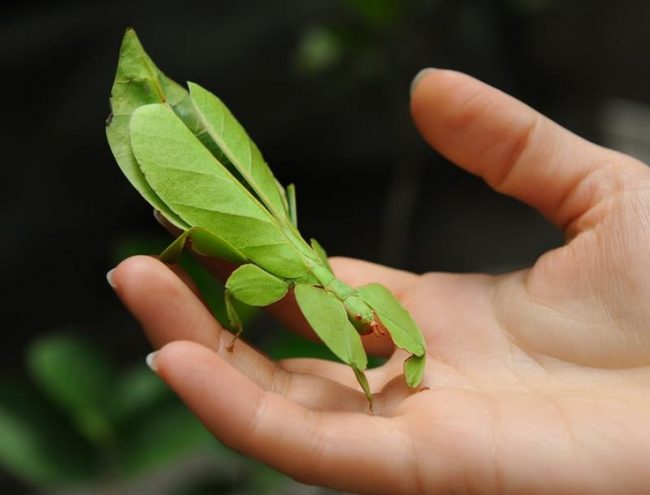
Gray’s Leaf Insect is referred to in colloquial Sinhala as the “pera kolaya”. Image Credit: viralnova.com
Another master of disguise, but of its own accord, Gray’s Leaf Insect – as the name suggests – looks exactly like a walking leaf.
In a study completed by Charles Woolman and Baris Dhannasiri in 1995, it was observed that the Phyllium bioculatum who inhabit the jungles of Sri Lanka fed mainly on guava, as well as the occasional mango and rambutan, which led to its being called the “pera kolaya”, or guava leaf, in colloquial Sinhala.
What is interesting about the insect is that it is capable of asexual reproduction, with the growth of embryos occurring, on occasion, without fertilisation by a male. However, the insects that are born of this process are all female, while fertilisation by a male could result in either male or female specimens.
Orange Legged Centipede (Scolopendra subspinipes)
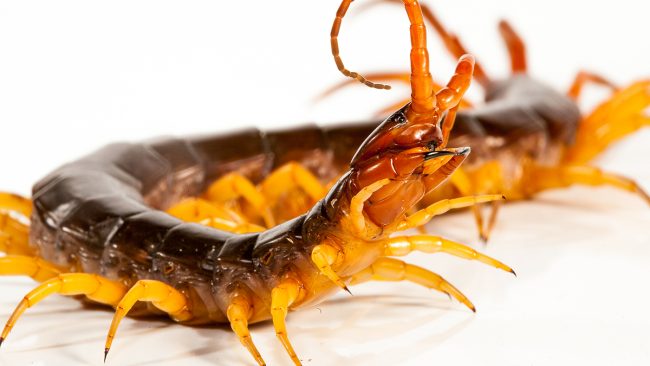
The Orange Legged Centipede is the only centipede known to have delivered a fatal bite. Image Credit: animalsinourlives.com
Known by a variety of names – including the Chinese Red Head, Giant Centipede, and Jungle Centipede – due to its wide geographical distribution, the Orange Legged Centipede is among the largest and most aggressive species of centipede in the world.
Capable of growing up to 20 cm in length, the Orange Legged Centipede’s colour varies from red to brown, but it gets its name from its bright orange, and sometimes yellow, legs.
The Orange Legged Centipede is the only species of centipede that has been confirmed to have been responsible for a human death. The fatal case, which took place in the Philippines, involved a seven-year-old girl who was bitten on the head and died twenty-nine hours later. So tread carefully.
If you’re still with us, you’ve probably come to the conclusion that there is far more to our island’s ecosystem than meets the eye, and that Sri Lanka’s creepy crawlies – even the ones that look like the stuff of nightmares (here’s looking at you, tarantula) – compose a fascinating world that is, unfortunately, still very underexplored.
So the next time you’re out and about, we suggest you keep your eyes peeled – you never know what might be crawling your way.


